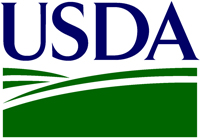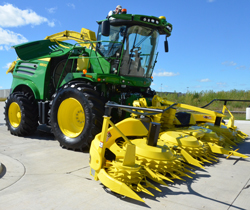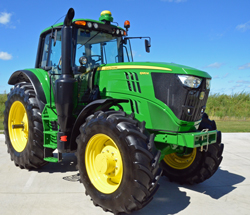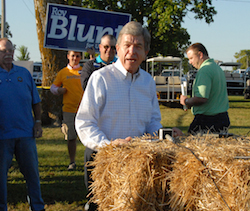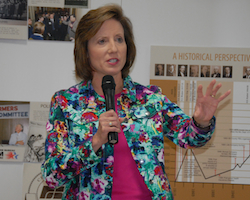 Agriculture Secretary Tom Vilsack this week announced a four-year strategy that will invest approximately $211 million in the next three years to conserve the habitat of the greater sage grouse. The Sage Grouse Initiative 2.0, will continue the conservation efforts that began in 2010 to improve sage grouse habitat. The new plan gives ranchers assistance to make conservation improvements to their land.
Agriculture Secretary Tom Vilsack this week announced a four-year strategy that will invest approximately $211 million in the next three years to conserve the habitat of the greater sage grouse. The Sage Grouse Initiative 2.0, will continue the conservation efforts that began in 2010 to improve sage grouse habitat. The new plan gives ranchers assistance to make conservation improvements to their land.
“The Sage Grouse Initiative has proven itself as a model for how wildlife and agriculture can coexist and thrive in harmony, and that is why we are announcing steps today that will expand this important initiative throughout the life of the 2014 Farm Bill,” said Vilsack. “I applaud America’s ranchers for their initiative in improving habitats and outcomes for sage grouse and other wildlife, and for their recognition that these efforts are also good for cattle, good for ranching operations, and good for America’s rural economy.”
Since its launch in 2010, public and private partners engaged in the Sage Grouse Initiative (SGI) have conserved 4.4 million acres, an area twice the size of Yellowstone National Park, using voluntary and incentive-based approaches for conservation. Between 2010 and 2014, USDA’s Natural Resources Conservation Service (NRCS) invested $296.5 million into SGI, which partners matched with an additional $198 million. By the end of 2018 with implementation of the SGI 2.0 strategy, NRCS and partners will invest approximately $760 million and conserve 8 million acres, an area more than seven times the size of the Great Salt Lake.
The wildfires devastating Western communities also impact habitat for wildlife like sage grouse. Under the SGI 2.0 strategy, NRCS will focus on reducing the threat of wildfire and spread of invasive grasses after fires to restore wildlife habitat and quality livestock forage.
“The Sage Grouse Initiative is making a difference because private landowners voluntarily work with us to produce results on the ground,” Vilsack said. “The decisions Western ranchers and other private landowners make every day about what to do on their land will continue to have a critical impact on sage grouse.”
The U.S. Fish and Wildlife Service has deteremined the Bi-State sage-grouse no longer requires listing because these voluntary conservation practices work. Success has also been seen with the Arctic grayling in Montanta, the black bear in Louisiana, and the Oregon chub.

